About 2016 Fu Ding Shou Mei White Tea
Our Shou Mei is produced in Pan Xi Town, Fu Ding City, Fujian province in China. Within the white tea family, this tea is a relatively aged one because it contains a large amount of mature tea leaves. It is plucked after the pick of White Peony tea and the White Hair Silver Needle tea. Its material is Da Bai Large white tea leaves, Shui Xian tea leaves or the group-species Xiao Cai Cha tea tree leaves as the raw materials. It normally uses the picking standard of “one bud with two or three mature tea leaves”. However, due to the low yield of Xiao Cai Cha nowadays, our 2016 Fu Ding Shou Mei is using Fu Ding Da Bai tea leaves as its raw material.
If White Hair Sliver Needle tea is like a beautiful young girl, our Shou Mei is like a mature and wise lady or like ripe grapes, which have a mellow and strong taste.





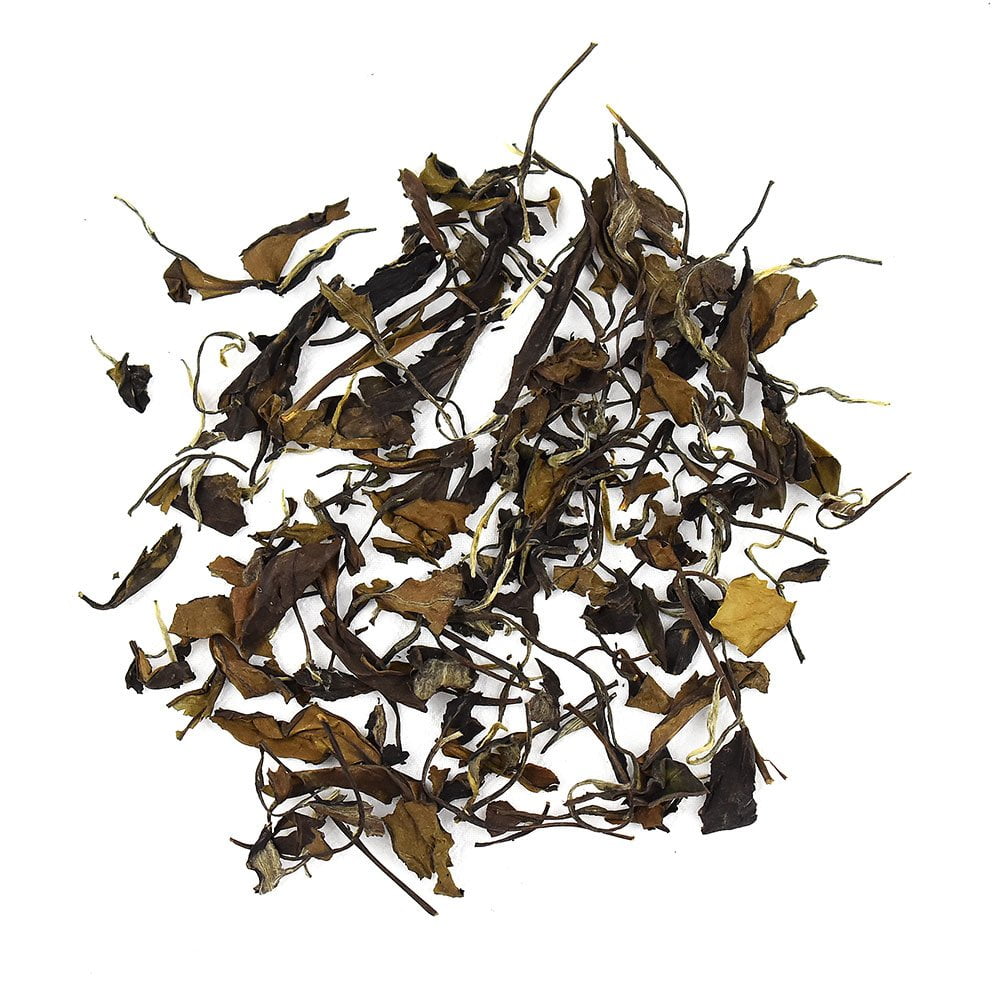
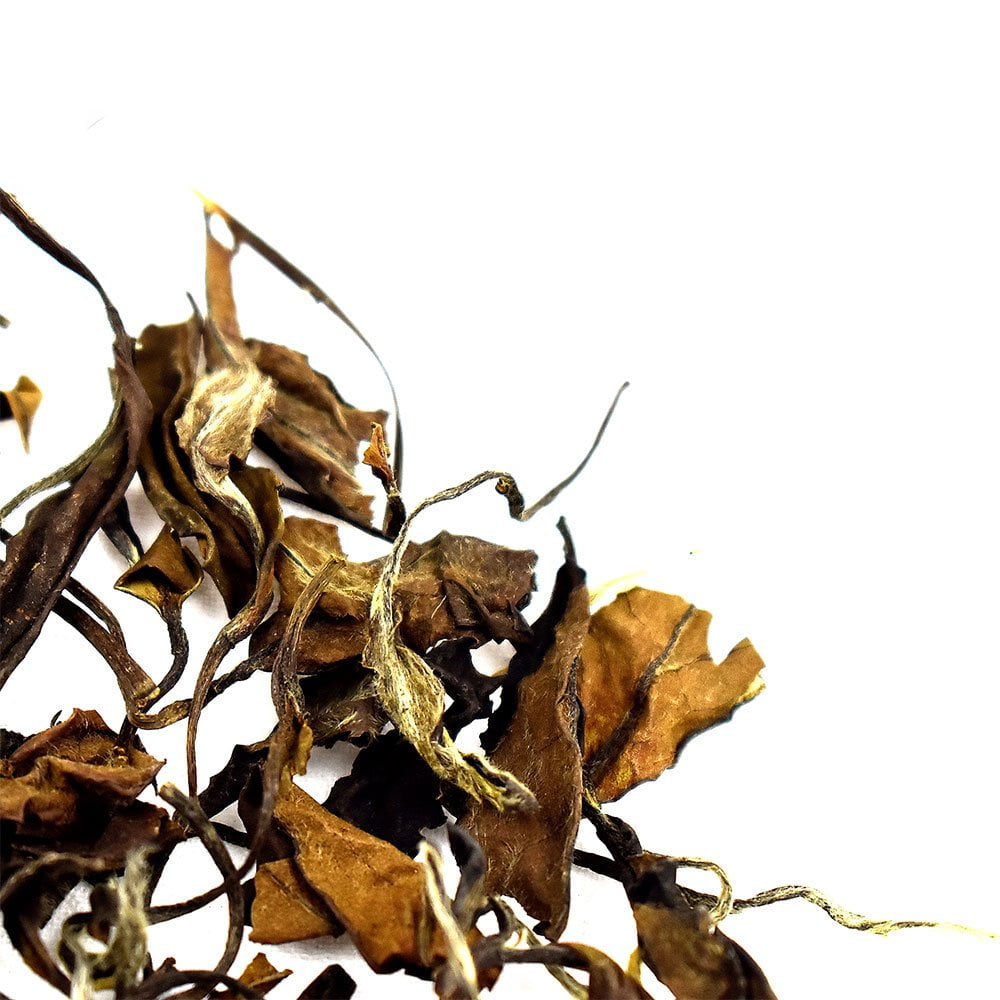
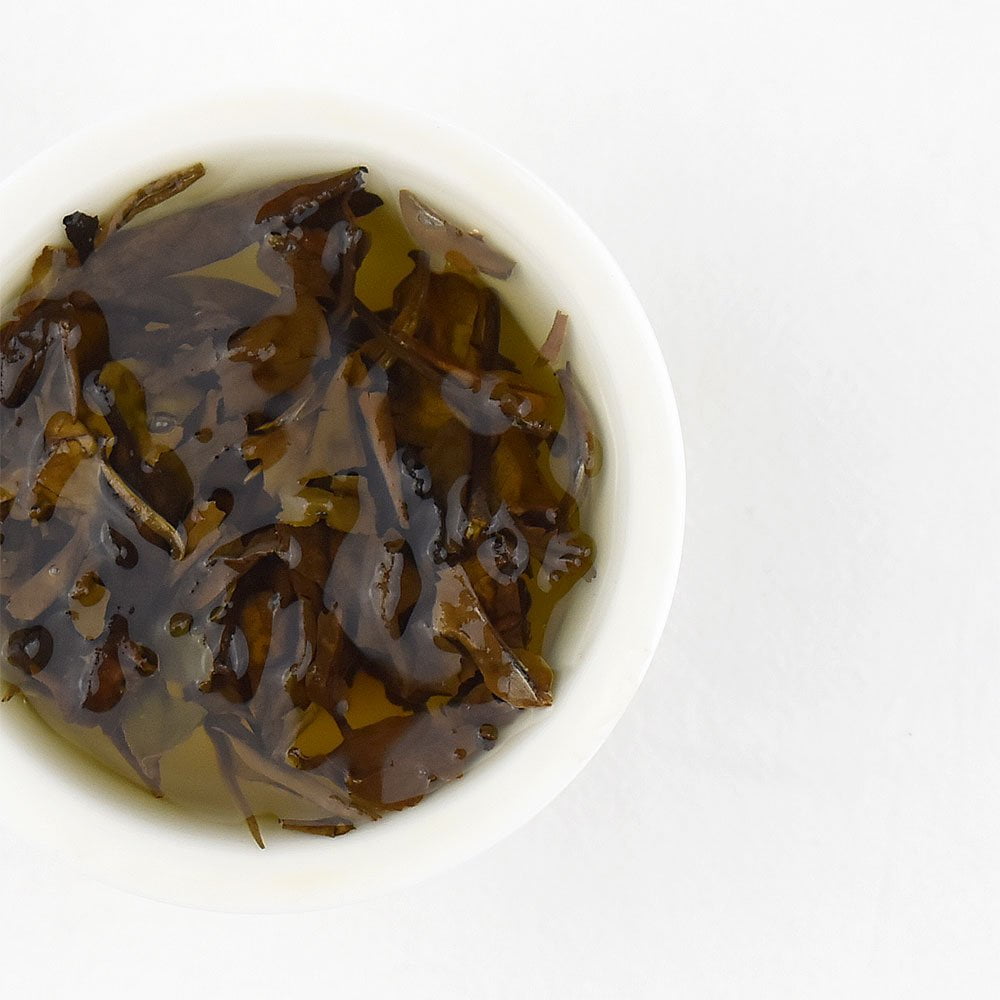
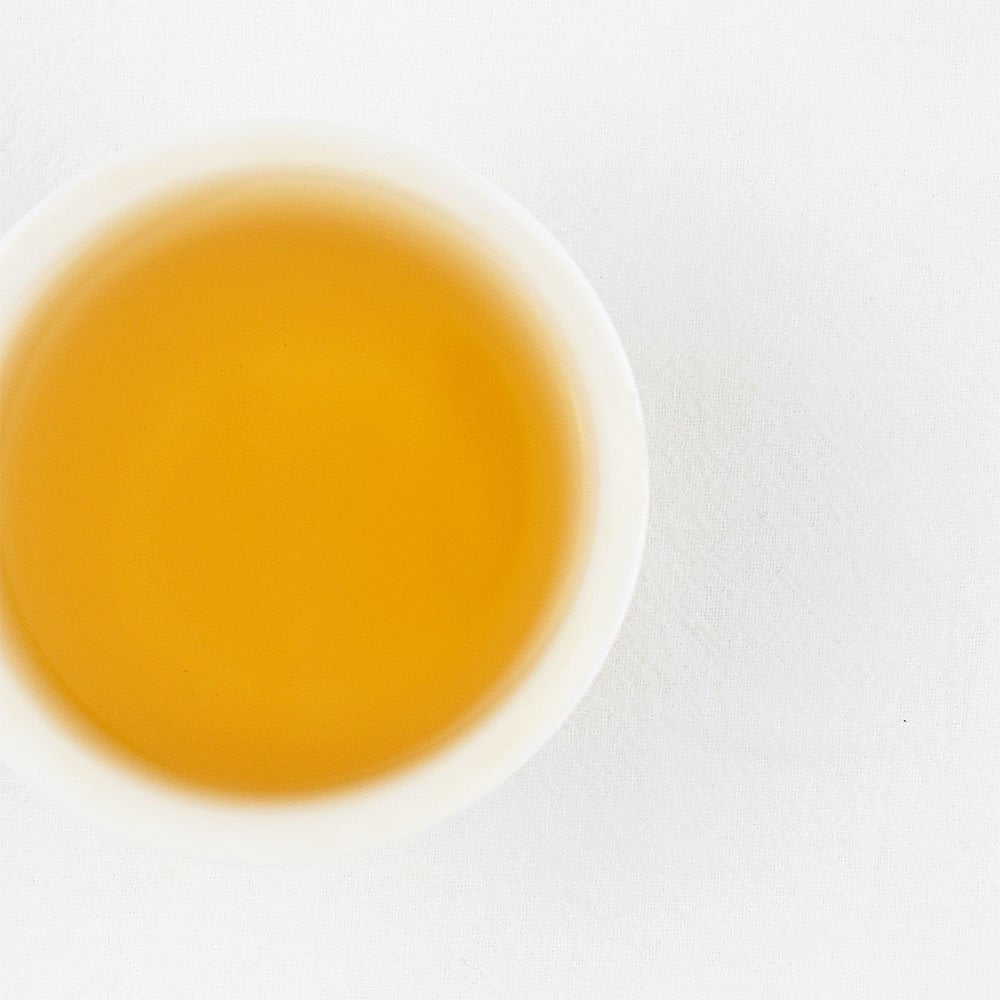
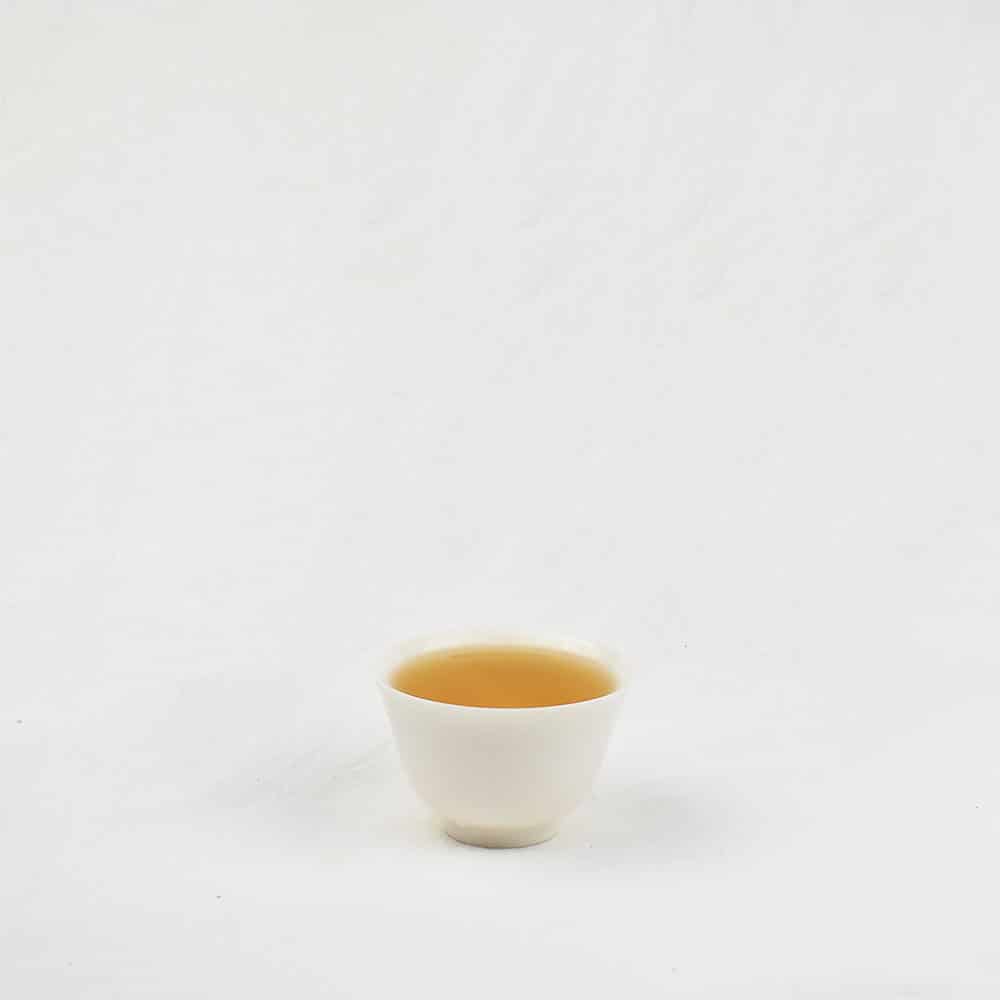
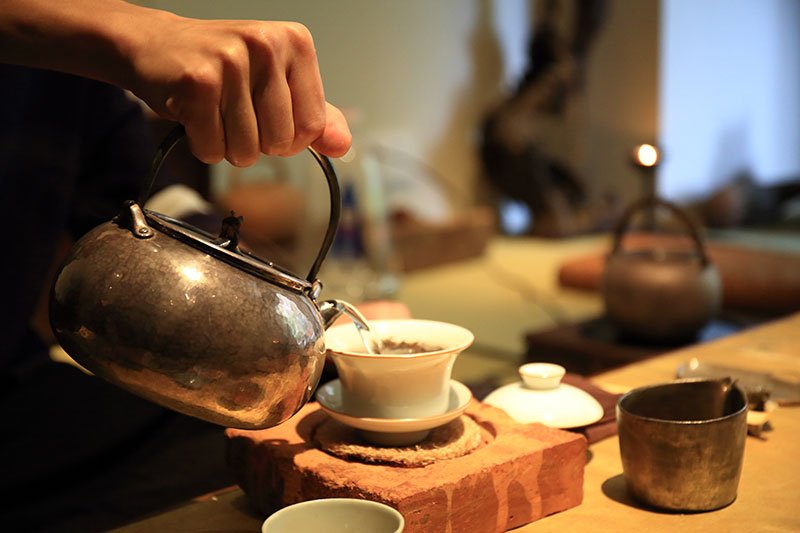
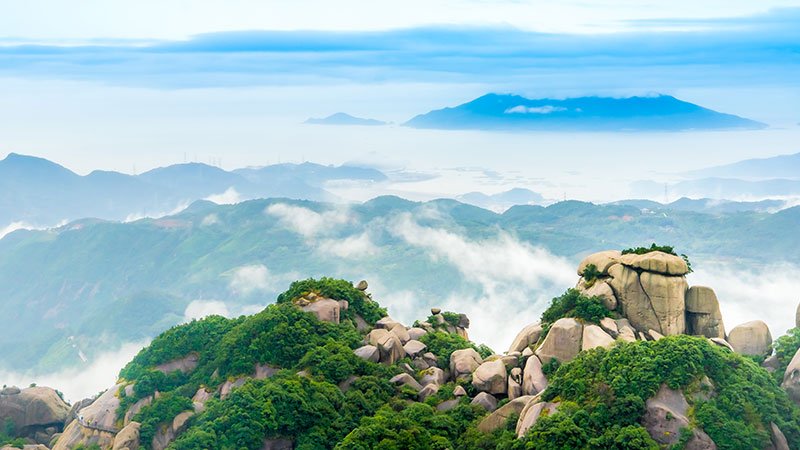
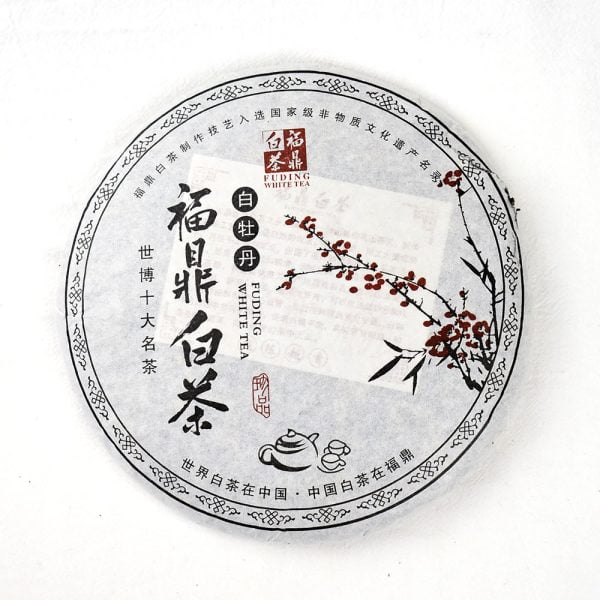
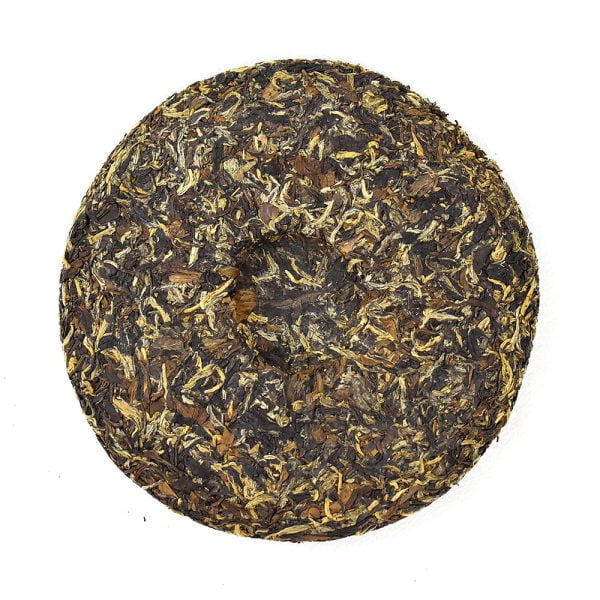
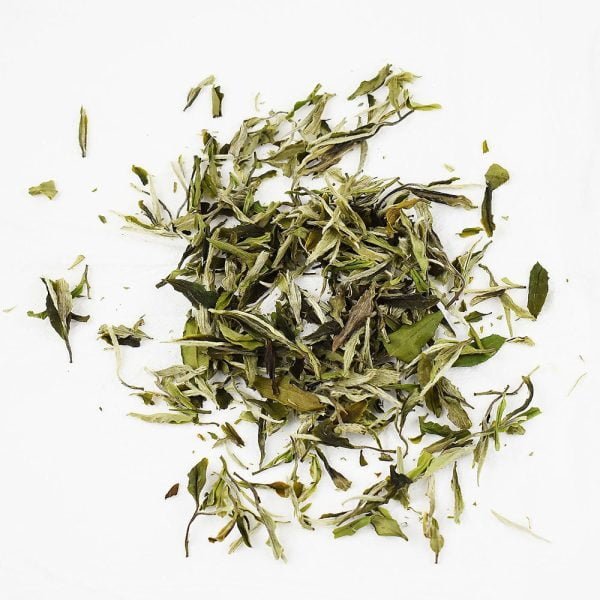
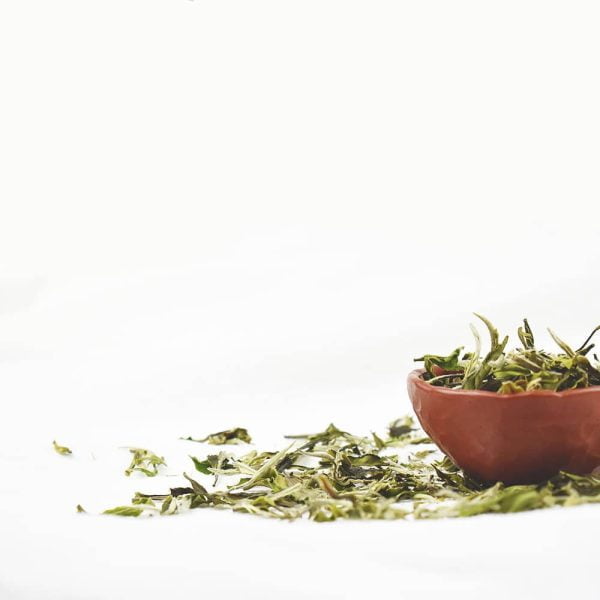
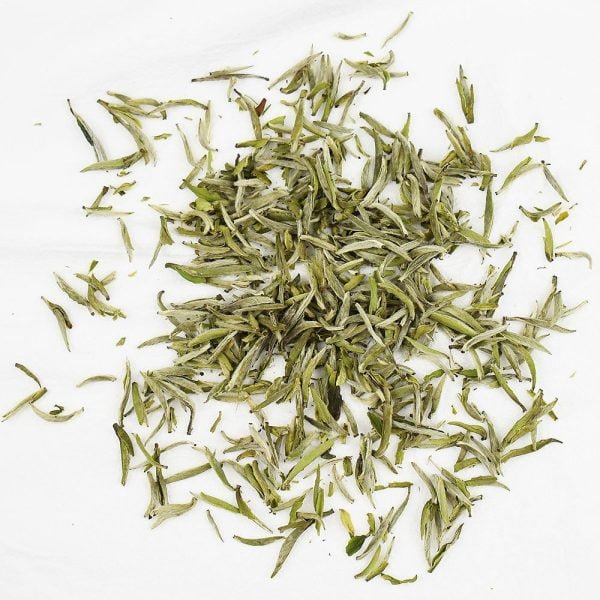

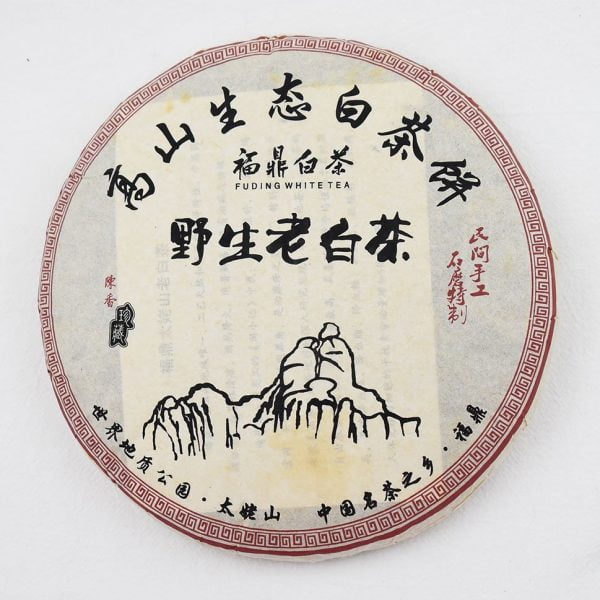
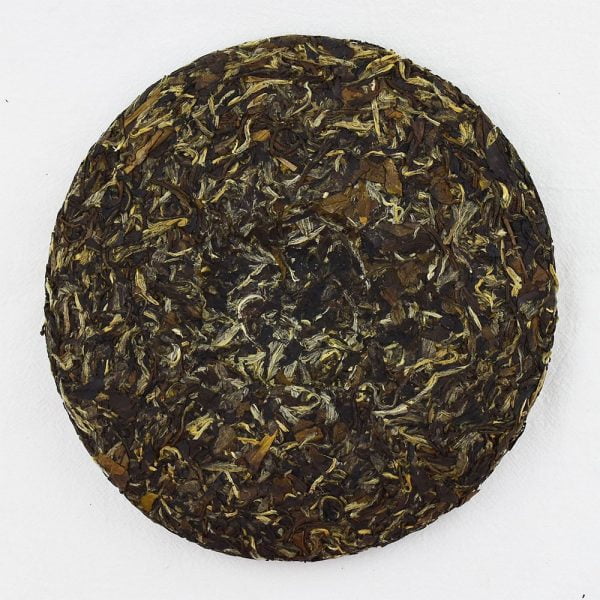
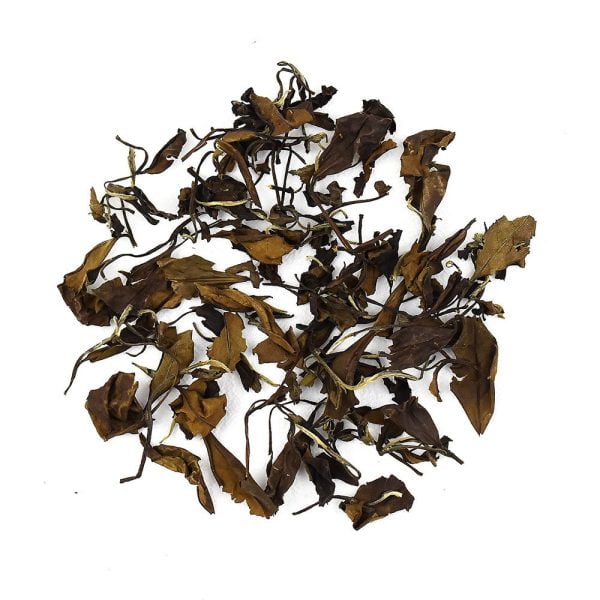

Patrick –
I had never tried a white tea before and found this one very pleasant and relaxing! Will buy it again.
Bianca K. –
Delicious white tea and great value. Thank you!
Kaitlyn D. –
This is a real tea-lovers tea. Complex, strong and full of character. It looks lovely in the cup and feels like a real treat to sit back and enjoy.
Henry C. –
Visually, this tea reminds us of the fallen leaves of Autumn. Flavour-wise, it is very subtle and floral.